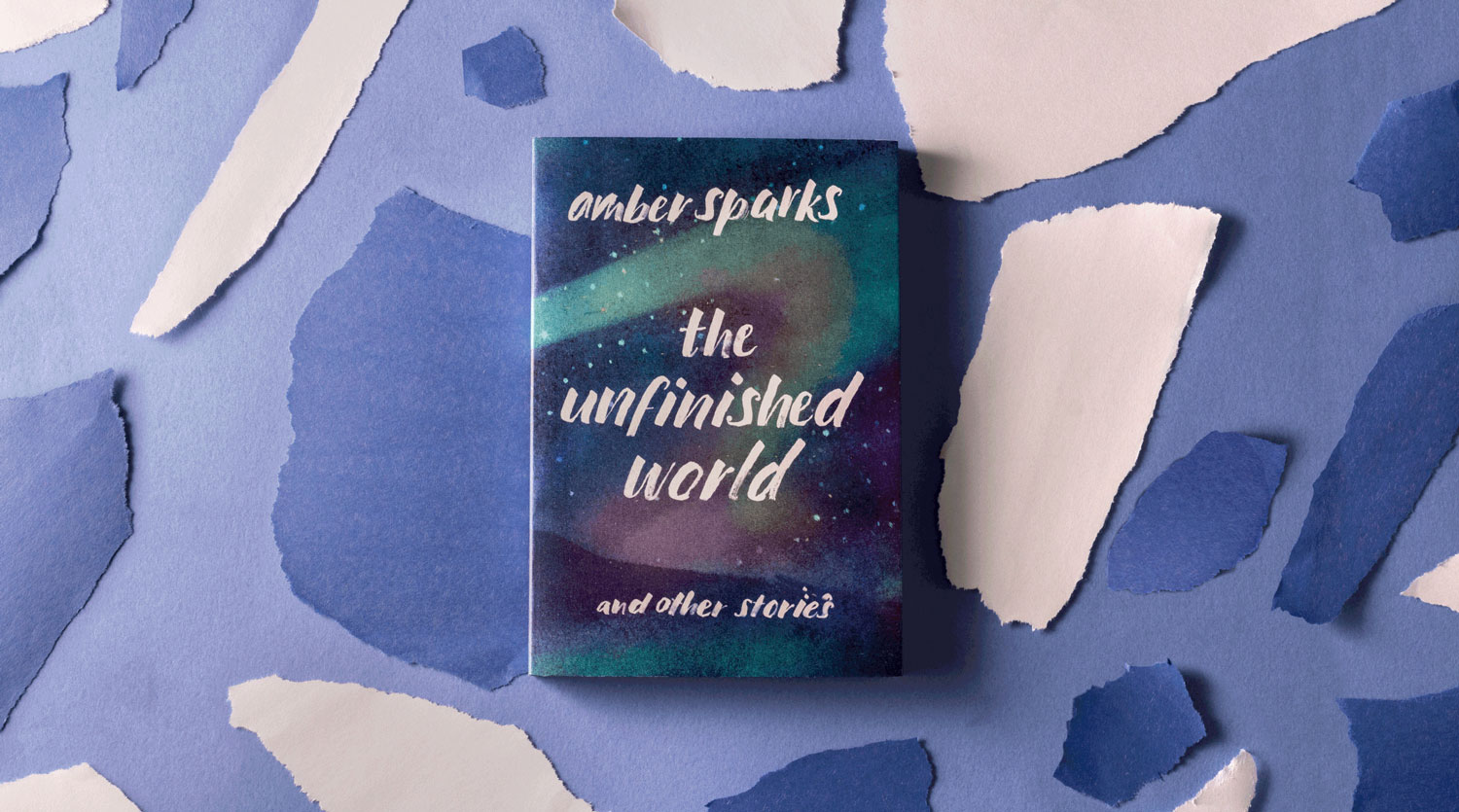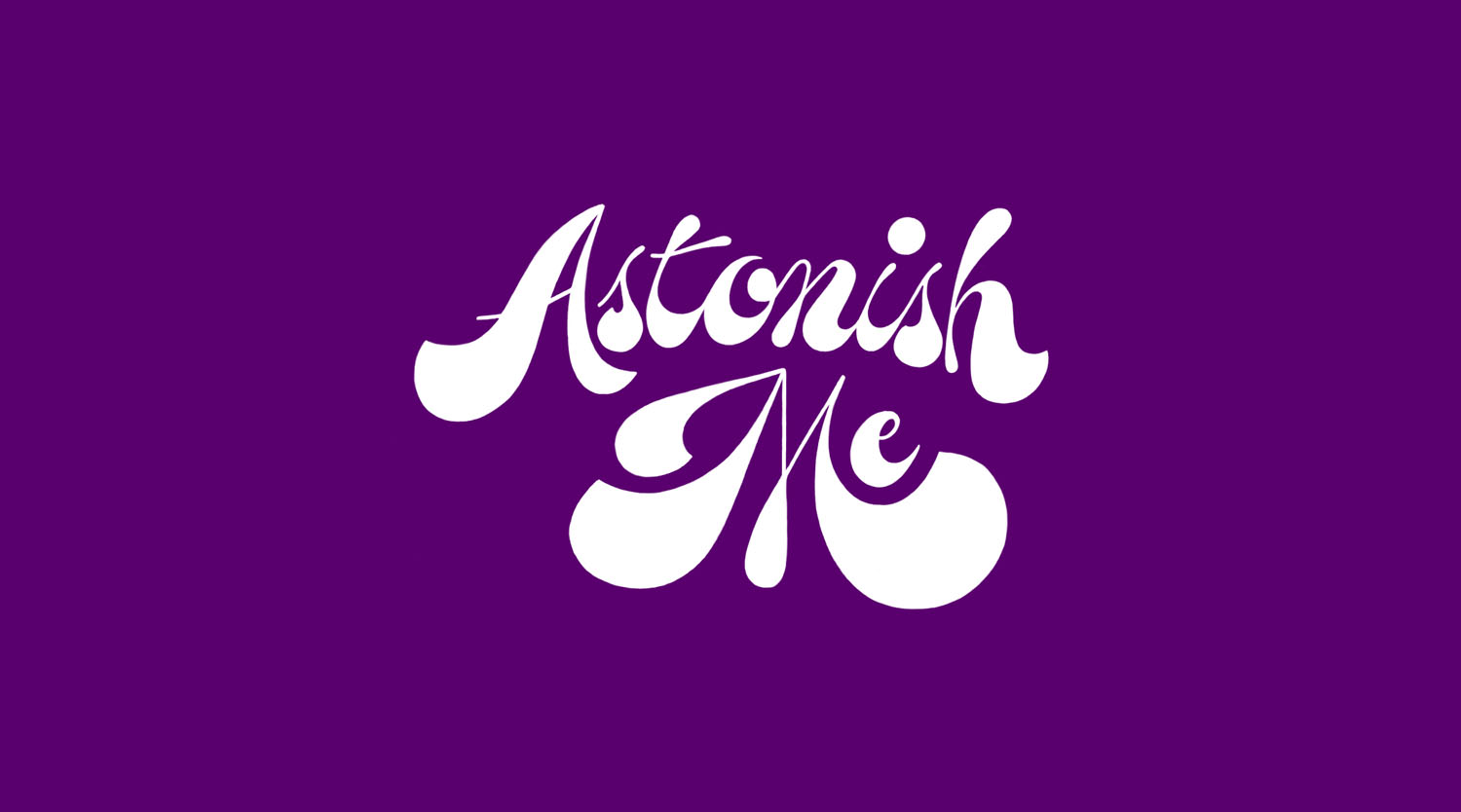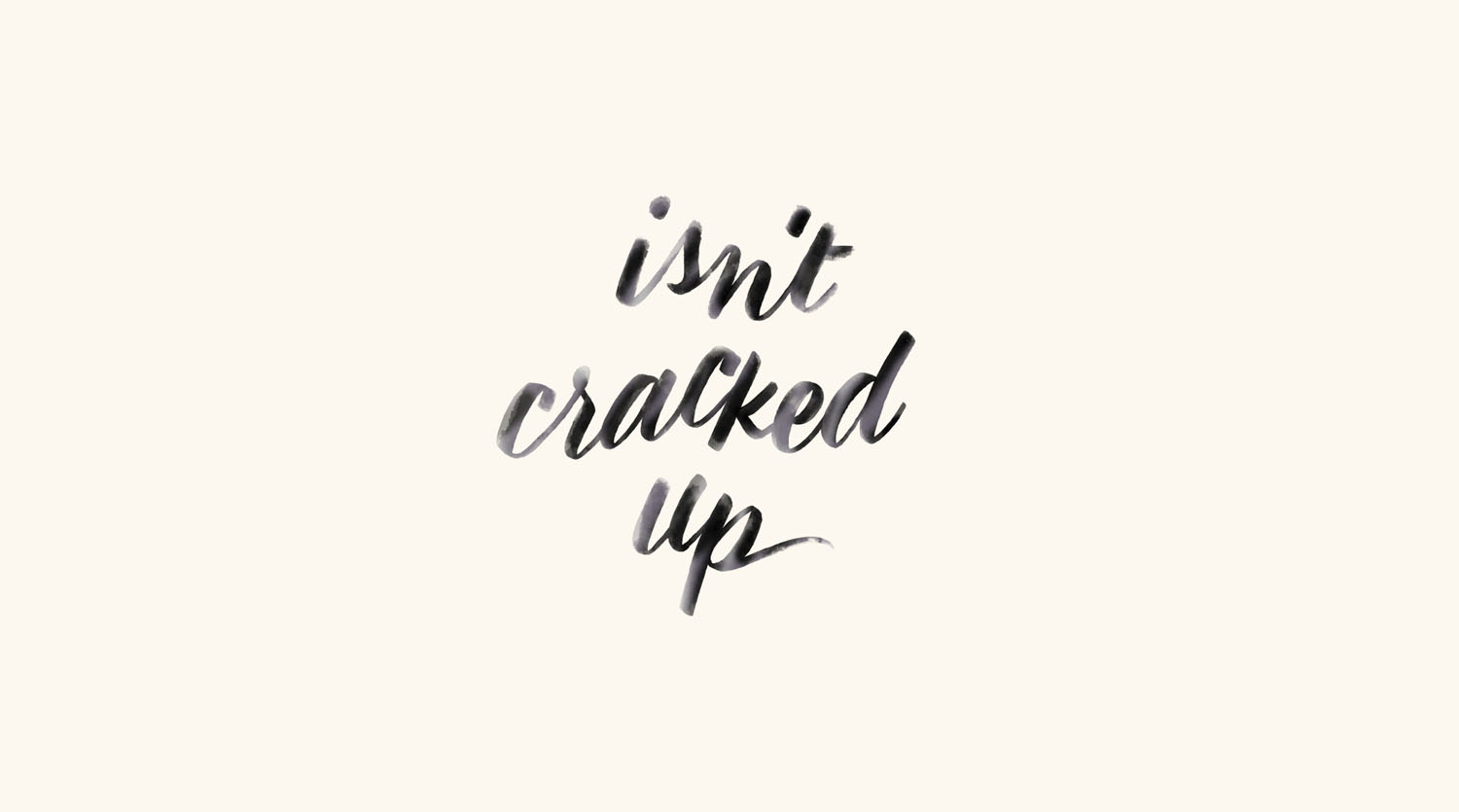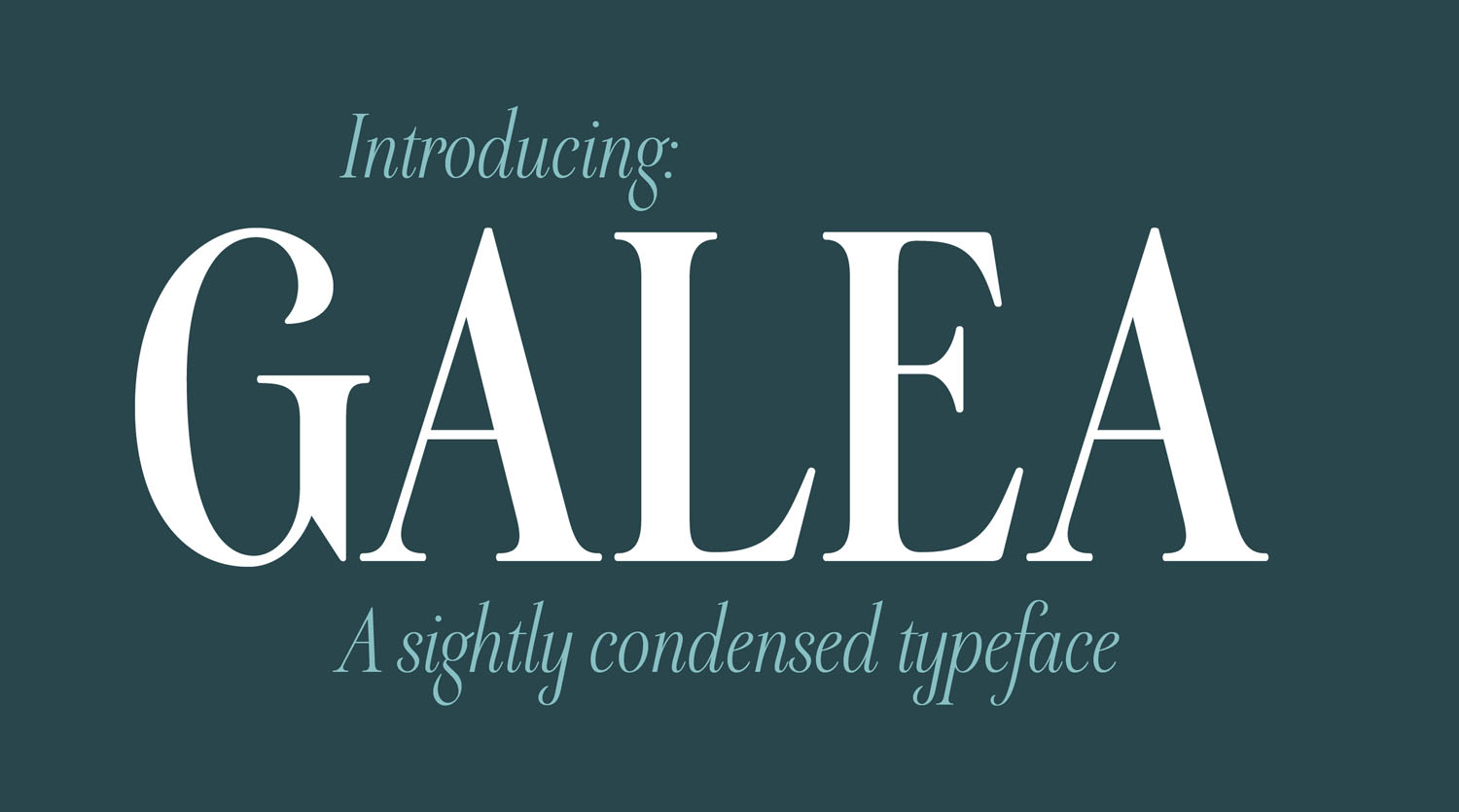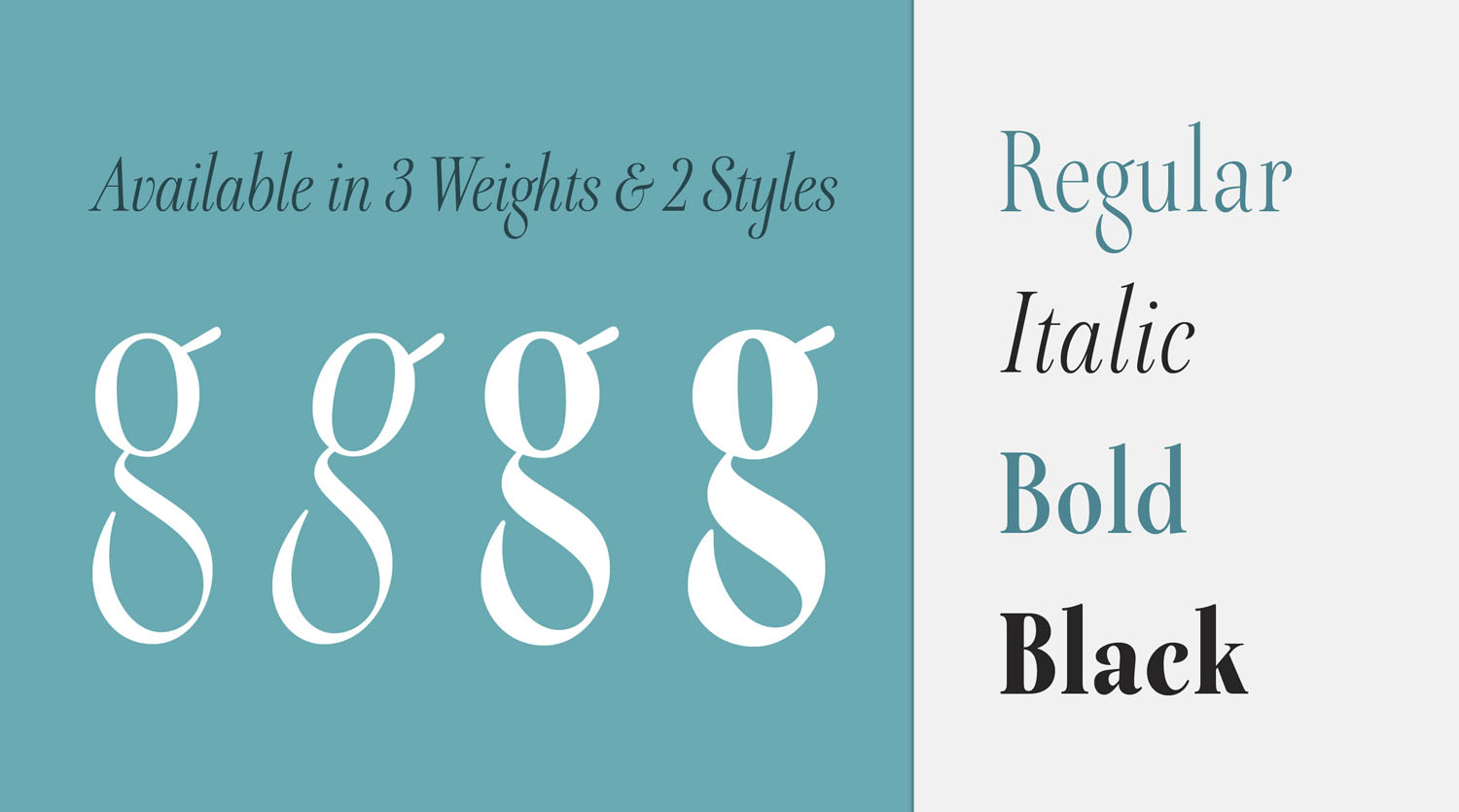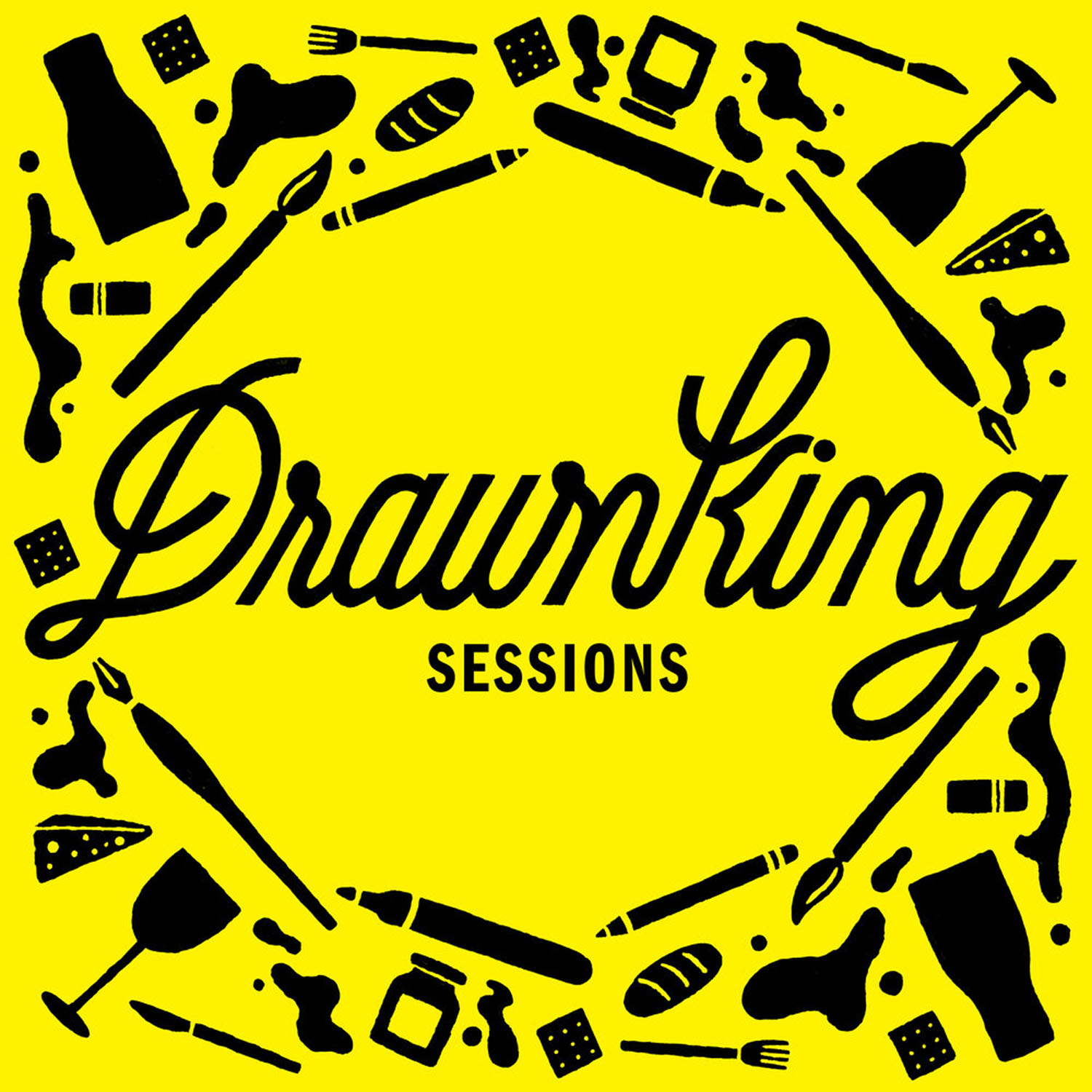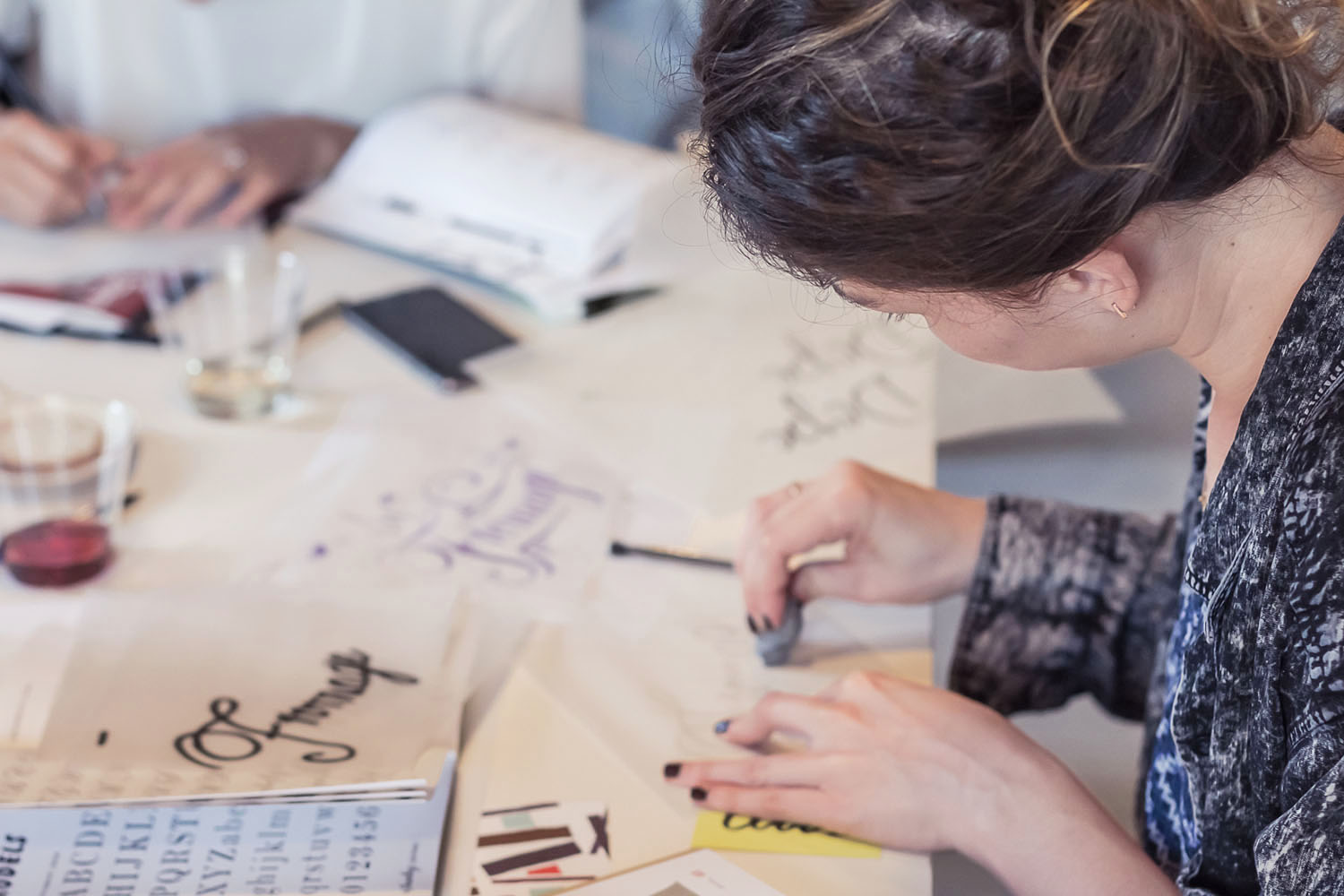Interview: Isabel Urbina Peña
Isabel Urbina Peña is a freelance art director and alumna of Type@Cooper and ProDiseño. Originally from Venezuela, Isabel now lives in Brooklyn, New York. She runs her own studio with a focus on book covers, hand lettering, typeface design, and experimental handwriting. Prior to launching her freelance career, Isabel was a designer for Random House and her work has appeared more than once in the New York Times Book Review.
In 2015 she was named a New Visual Artist: 15 under 30 by PRINT Magazine and her series of Mark Twain covers was selected as one of Design Observer's 50 Books | 50 Covers. In 2014, her cover for All Our Names was awarded the honor of being one of twelve Best Book Covers of 2014 by the New York Times.
In addition to her design work, Isabel is also the founder of Drawnking, a series of hand-lettering workshops held at her studio. As if that weren't enough, she also founded Yes, Equal, a database of creative women designed to promote gender equality in the creative world. (It's seriously awesome! Learn more here.)
Follow Isabel's work on...
Her website • Instagram • Facebook • Twitter
Can you pinpoint what sparked your interest in hand lettering, or has it been a passion since you can remember?
There were a few moments where I remember being interested in lettering, before I really knew what it was. I LOVED doing my classroom’s bulletin boards when I was in 5th and 6th grades — crazy bubble letters with funky colors and dimension (what I would give to see those now!). When I was a teenager, I started doing graffiti. My favorite thing was tagging, and through that experimenting with the actual letterforms. Later on, in college, I loved everything typographic and took every type class possible, not only the required. Eventually I had my “aha moment” while doing Cooper Type in 2011, where I learned TONS about typeface design, lettering, sign painting and calligraphy.
What path have you taken to master the lettering arts (formal training, independent study, a combination of the two)?
It’s been quite a combo, like I mentioned above. Aside from my personal interest and setting time to do personal work and practice as much as possible, I studied Graphic Design and Visual Communications in Venezuela, went to Cooper Type at Cooper Union and have taken an array of classes here in NYC. I’m really into trying new things, so every time that I can I’ll take a workshop and push myself to continue learning new techniques and processes.
Your work combines hand lettering and digital, graphic design techniques. Where do you feel that lettering falls in the spectrum from fine art to design?
Particularly for me, there’s a fine line. A lot of my work is book covers. I read the books and try to interpret the author’s voice, story and tone, so in that sense I feel it’s quite an artistic process – about interpretation, sensibility, and your own relationship with the story. On the other hand, many people see/critique the work before it goes out to print and while sometimes you get away with having something more artistic, sometimes the result ends up being more “design-y” or curated.
When working on other projects with clients, it does feel like lettering mostly falls in the design spectrum, especially because you are literally reading a message. Usually, there needs to be a direct and almost immediate connection between the content and the piece.
Do you ever experience creative block? If so, how do you combat it and stay motivated?
Of course! I think the key for me is knowing that it happens to everyone and it's part of the process. That helps me to move forward. I try to redo my research, getting all the information I can on the subject. I make mood boards and try to find anything that sparks a connection. Mostly things like color palette, texture, shapes. I also make lists of ideas and I write from the silliest thing to the deepest and see what sticks. Sometimes trying a simple idea is enough to “distract me” from the block and lets me get loose again.
What are the most important lessons you learned when establishing your creative freelance business? Specifically, what advice can you offer a budding lettering artist interested in monetizing their hobby?
SPOILER ALERT: Being a freelancer it’s A LOT of work but it’s great if you: have discipline, enjoy a flexible schedule, like wearing lots of hats, and are a proactive individual.
That said, honing my unique point of view has really worked out in my favor. Discovering what things separate me from others and focusing on developing that separates my work from other people’s.
Who are the typographers and lettering artists – past or present – from whom you draw the most inspiration?
There are so many! I think Jessica Hische (even though our styles are quite different) opened a space for a craft that was dismissed for years. I’ve taken multiple workshops from Ken Barber and I’ve learned so much from him. Totally recommend it! Also lettering/calligraphy/sign painting masters and people like Doyald Young, John Downer, Tony DiSpigna, Herb Lubalin, Steve Powers. Additionally, younger designers like Alex Trochut, Martina Flor, Charles & Thorn, Gemma O’Brien....
Can you tell us about the most unusual, interesting, or difficult commission you’ve worked on to date?
It had to be Galea Display. Making a typeface is seriously hard work!! There are so many intricacies and details to keep in mind, while at the same time you need to think about the system. Also, to release it I created a minisite and had to design a campaign and banners to promote it. Definitely a huge project. I am working (veeeeeery slowly) on a sans version.
I’m also experimenting with turning a few of my hand-lettering projects into typefaces for my own branding and it’s quite a fun challenge too.
Tell us about Drawnking! It looks like you and your students have a blast drinking and drawing letters. I’d love to hear about the focus of the class and what initially inspired you to offer it.
Both my parents are architects and have been teaching design for as long as I can remember, so teaching has always been in the back of my head. Also, after finishing Cooper Type, I was a Teacher Assistant for three of the classes and really loved the experience. On the other hand, I’m really interested in DIY culture and it was crucial to me to offer an affordable, fun, and simple approach to lettering.
The main idea of Drawnking was to offer a laid back afternoon where you could get excited about your sketching and hand lettering skills. This past year seemed like a perfect opportunity to start because I went freelance and got a studio, so I finally had the physical space to start teaching. It’s been really fun to meet new people and share my love of letters with them. The next sessions will be in the spring. You can find more information here.
Molly Suber Thorpe
CALLIGRAFILE FOUNDER & CORE CONTRIBUTOR
Athens, Greece
Molly is a calligrapher, teacher, and author. Her first book, Modern Calligraphy, has reached tens of thousands of budding calligraphers, and is available in Spanish and Chinese translations. Her second book, The Calligrapher's Business Handbook came out in May 2017 and addresses the business side of lettering arts.
Molly graduated from UCLA's Design Communication Arts program in 2009 with a concentration in typography and layout design. Prior to that, Molly studied art history, comparative literature, and creative writing at The American University of Paris. After spending nearly a decade in Los Angeles, Molly now resides in Athens, Greece, where she works with clients all over the world.






